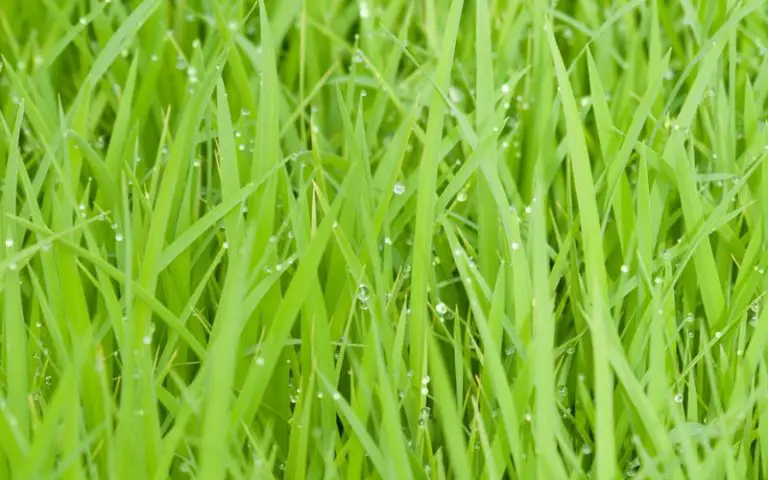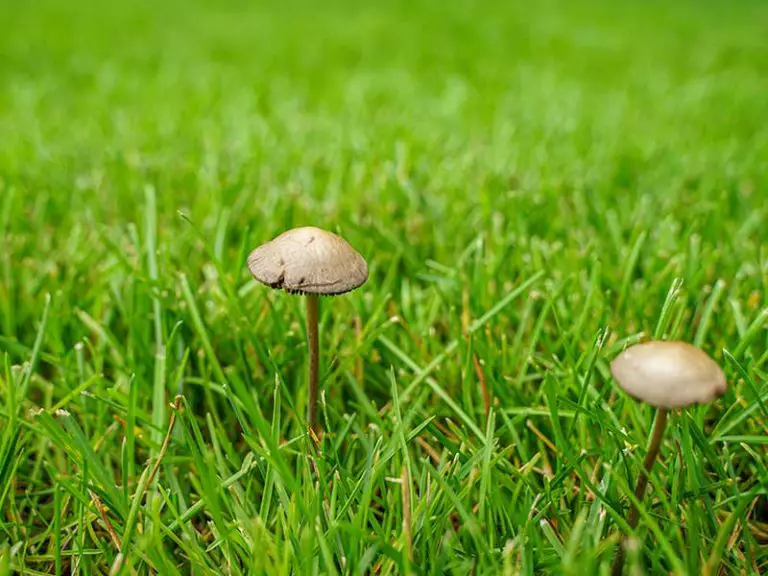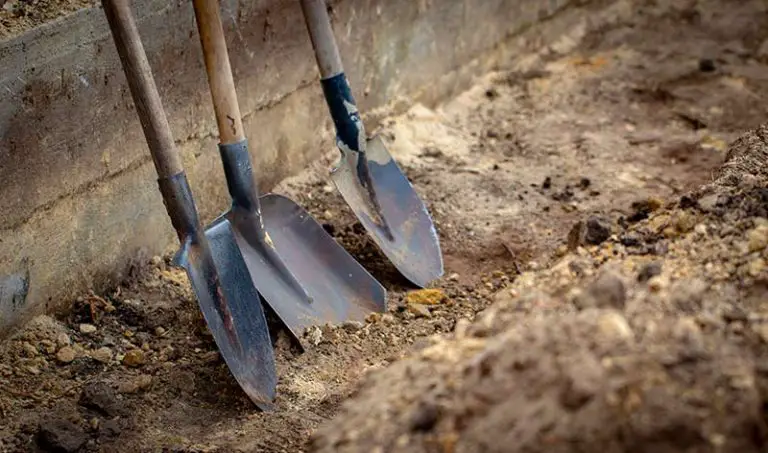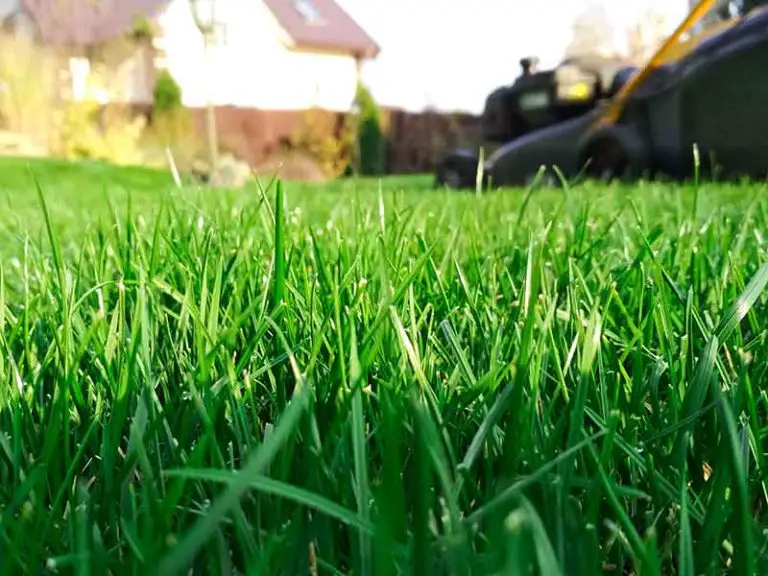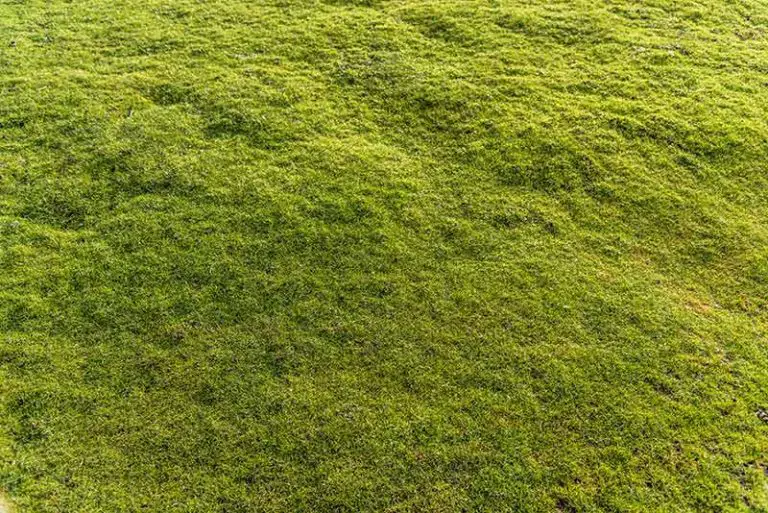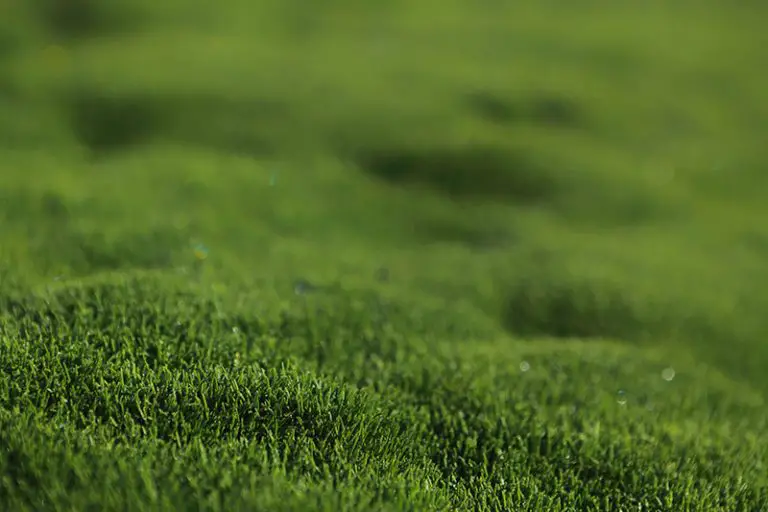Grass Clippings As Compost: Complete Guide
Mowing the lawn can be an unwelcome chore for many gardeners, but the burden of this chore is made lighter when we begin to understand the value of grass clippings as a source of fertility. By composting grass clippings, we can return nutrients to the garden, enriching the soil and enhancing the health and beauty of the plants in the garden.
Grass clippings are a free, nutrient-rich source of fertility for home gardeners and can be added to compost piles or composted in situ. Grass clippings decompose rapidly, providing organic matter that supports the soil food web, and improves soil tilth, porosity, and water retention capacity.
Knowing that grass clippings can be a source of fertility in the garden is one thing, but what principles and techniques make it possible to turn this by-product into a valuable resource? Let’s take a more detailed and comprehensive look at how to use grass clippings as compost and why this is something worth doing.
Why Use Grass Clippings As Compost?
There are many compelling reasons to compost grass clippings instead of bagging and discarding the clippings as waste. Using grass clippings as compost improves the health and quality of soil and plants. It also empowers gardeners by reducing their need to purchase and apply expensive, potentially harmful synthetic inputs.
Soil Improvement
Grass clippings are a source of nutrient-rich organic matter that greatly improves soil health and condition when composted or allowed to decompose on the lawn. The typical nutrient profile of lawn clippings is as follows:
- Nitrogen = 4%,
- Phosphorous = 1%,
- Potassium = 2%.
Grass clippings also feed bacteria, fungi, arthropods, nematodes, earthworms, and other soil organisms, stimulating and supporting the soil food web. A healthy, living biome in soil is the foundation for healthy, thriving plants, so the fact that grass clippings enrich soil life is sufficient reason on its own to justify the enthusiastic composting of grass clippings.
Once decomposed by soil organisms, grass clippings improve soil condition immensely. Composted grass clippings can help to improve soil structure and texture, making soils more friable while also increasing soil aeration, porosity, and water retention.
The result of enhanced soil health and condition is an increase in plant health, vigor, and quality and a reduction in the amount of water and nutrition required by plants.
Free Organic Fertilizer
The fact that grass clippings are a free source of lawn fertilization is surely one of the most compelling reasons to use them in compost. By using composted grass clippings, gardeners can transform the by-product of routine garden maintenance into free organic fertilizer, reducing the need for costly, potentially harmful chemical fertilizers.
Given that grass must be cut as a matter of course, it makes good sense to use the clippings as a free source of high-quality fertilizer for your garden. This is a no-cost method to add nitrogen to your soil.
Environmental Sustainability
Using grass clippings for compost is the environmentally responsible way of managing this garden by-product. Discarding grass clippings in municipal refuse dumps contributes to the emission of greenhouse gases. It is also a waste of carbon and nutrients that could be redirected back into the garden soil to enhance and support soil and plant life.
Composting lawn clippings is also environmentally responsible because the increase in soil water holding capacity results in a general decrease in water consumption in the garden.
To get a sense of the value of grass clippings for soil and plants in our gardens, check out this short video about Jim Kovaleski’s ‘grass-fed market garden on the New England coast.
How To Compost Grass Clippings
Composting grass clippings is easy to do, though certain specific principles and techniques increase the likelihood of success.
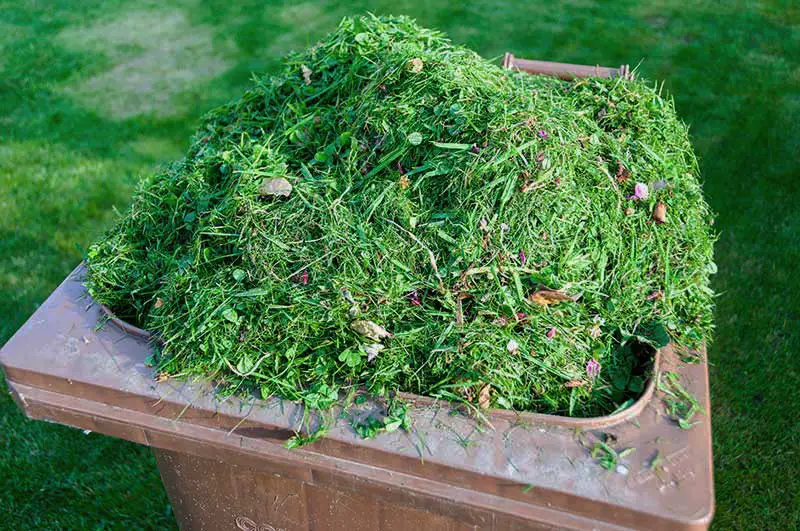
One of the first things to be considered is that grass clippings generally take about three to four weeks to decompose.
The rate of decomposition depends on:
- Temperature
- Moisture
- Carbon to nitrogen ratios (in the case of compost piles)
In general, grass clippings will decompose faster at higher temperature and moisture levels and slower in colder, drier conditions. When used in a compost pile, grass clippings decompose fastest with carbon to nitrogen ratios of roughly 1:1 or 1:2.
There are three main ways to compost grass clippings:
- Leave grass clippings to decompose in situ on the lawn,
- Add fresh clippings as a mulch layer around the base of plants,
- Add the clippings to a compost pile or bin.
Probably the most effective and efficient use of grass clippings for composting is to mix them into a compost pile. Later this can be distributed in small amounts throughout the garden, feeding more plants than would have been possible with the direct application of fresh clippings.
Before we consider how to use grass clippings in a compost pile, let’s briefly look at how to compost grass clippings in situ and as fresh mulch in other parts of the garden.
Composting Grass Clippings In Situ
This is by far the easiest method for using grass clippings as a source of compost. Composting clippings in place is also highly effective as a source of nutrition and can provide roughly 25% of a lawn’s fertility needs. While this method is the easiest, consider the following technical nuances.
The grass should be mowed tall, with only the top third being cut and left to compost in place. This allows the lawn to regenerate more vigorously while retaining a larger root system that can better support above-ground growth while also sustaining the lawn during drier periods.
Cutting the grass longer also helps to cover and protect the soil more effectively than cutting it very short. Leaving the lower two-thirds of the grass intact has the benefit of reducing moisture loss while also shading out weeds.
Cutting the grass too short can also leave an excessively thick layer of grass clippings on the lawn. Thickly matted layers of clippings can detract from the beauty of the lawn and can potentially damage or suffocate the lawn below it – this is a process known as ‘thatching’. If the thatch layer is left to build up, it will require you to dethatch the lawn.
It should be noted that the rapid growth of lawns that results from leaving clippings in place does mean that lawns need to be mowed more often. At the start of the growing season, weekly mowing might be required, though the need to cut the lawn will decrease as growth slows towards the end of the season.
Composting Grass Clippings As Fresh Mulch
Another easy and effective way to compost grass clippings is to lay freshly cut clippings as a mulch layer for other plants in the garden. This requires slightly more effort than leaving grass clippings to compost in place, but not much. It delivers a double benefit of providing soil protection and nutrition as the clippings decompose.
Simply spread the clippings around the base of plants in a layer roughly 2cm to 5cm thick. Make sure not to lay the clippings too thickly as this might create a suffocating, anaerobic mat over the plant’s roots system. Watering the layer of lawn clippings is also advised because this helps to settle the mulch in place while also encouraging it to start decomposing.
When using grass clippings to mulch larger plants like shrubs and trees, the mulch layer must extend outwards as far as the end of the plant canopy (the drip-line). This ensures that the mulch covers and protects the full extent of plant root systems.
A definite disadvantage of using this method is that large amounts of lawn clippings are required. Gardeners with smaller lawns that produce small amounts of clippings could potentially get more value from their clippings if they add them to a compost pile.
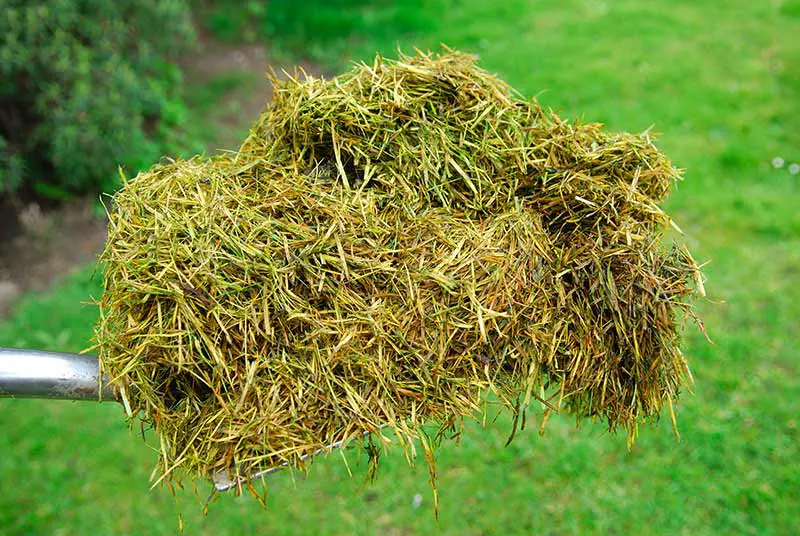
Adding Grass Clippings To Compost Piles
Adding grass clippings to a compost pile enables gardeners to derive the most nutritional value from this resource. Several key variables must be considered, the most important being moisture, temperature, and carbon-nitrogen ratios.
The procedure for composting grass clippings is the same as for other ‘green,’ nitrogenous organic materials. Clippings should be combined in thin layers with ‘brown’ carbon material like dried sticks and leaves. As mentioned earlier, the ideal carbon to nitrogen ratio is roughly between 1:1 and 1:2.
Too much brown material can slow the decomposition of grass clippings, and much of the nitrogen in the clippings will be depleted by soil micro-organisms in their effort to break down tougher brown material. Too little brown material can also slow the decomposition of grass clippings by reducing aeration in a pile.
At the same time, excessive amounts of grass clippings can also decrease the rate of decomposition in a compost pile. When layered too thickly, grass clippings create tight matting that greatly reduces air movement in a pile. The thickly matted grass layer also acts like a sponge that absorbs water, further reducing oxygen levels in a pile.
The problems can be easily avoided by ensuring that clippings are layered thinly (about 2cm to 3cm). Keeping the compost pile covered is also important for preventing the layers of grass clippings from becoming waterlogged and anaerobic.
When adding grass clippings to compost piles, it is worth making sure that the clippings don’t contain weed seeds. If compost piles don’t reach a high enough temperature to kill the weed seeds, they will end up being returned to the garden.
It is also advisable to exclude grass clippings if they have been treated with synthetic chemicals, as these can potentially be harmful to soil micro-organisms.
Managing Decomposition Of Grass Clippings In Compost Piles
Maintaining adequate moisture, oxygen, and temperature levels in the compost pile is critically important, as the micro-organisms that drive the decomposition process require water to do their work effectively. This means the decomposition rate of grass clippings can be controlled through careful management of moisture, oxygen, and temperature.
Approaches like the ‘Berkley Composting Method’ involve regular turning of the compost pile. This aerates the pile, so it reaches sufficiently high temperatures to ensure proper decomposition of grass clippings and seeds. This aerated composting approach ensures the most rapid decomposition of grass clippings.
Static compost piles, in contrast, are not turned and don’t use aeration and high temperatures to decompose organic materials like grass clippings. While static composting methods take six months to two years to complete (compared with aerated compost which is finished in three to four weeks), it produces a superior form of soil and plant nutrition.
Keeping compost piles adequately moist is crucial for facilitating the decomposition of grass clippings, but care should also be taken to avoid adding excessive moisture as this can reduce oxygen levels and even turn the pile anaerobic. Similarly, the compost pile should be covered to prevent exposure to rains that leach nutrients from the pile.
How To Apply Composted Grass Clippings In The Garden
The main ways to apply composted grass clippings are as a mulch and top-dressing for annuals, perennials, and trees. As with any application of composted organic material in the garden, composted grass clippings should be thoroughly watered in to ensure that the nutrients begin to move down into the soil profile.
A clever, water-wise tip is to apply composted grass clippings just before a rainstorm and allow nature to water the compost into the soil.
Application rates for well-rotted grass clippings depend on multiple factors. In general, a layer of 2cm to 4cm applied once or twice during the growing season will provide sufficient, high-quality fertility for most plant species. An important advantage of composted grass clippings is that they won’t create nutrient imbalances and toxicity in plants, so it is difficult to overdo it.
Conclusion
Using grass clippings as compost makes it possible to transform garden waste into a valuable resource with minimal effort and at no cost. It makes a great deal of sense for gardeners to use the by-product of their regular, unavoidable lawn mowing chores as a free, high-quality fertilizer and soil conditioner.
If you haven’t tried to use your grass clippings as compost, it is worth considering because there is every chance that the health and beauty of your garden will be enriched and enhanced as a result.

